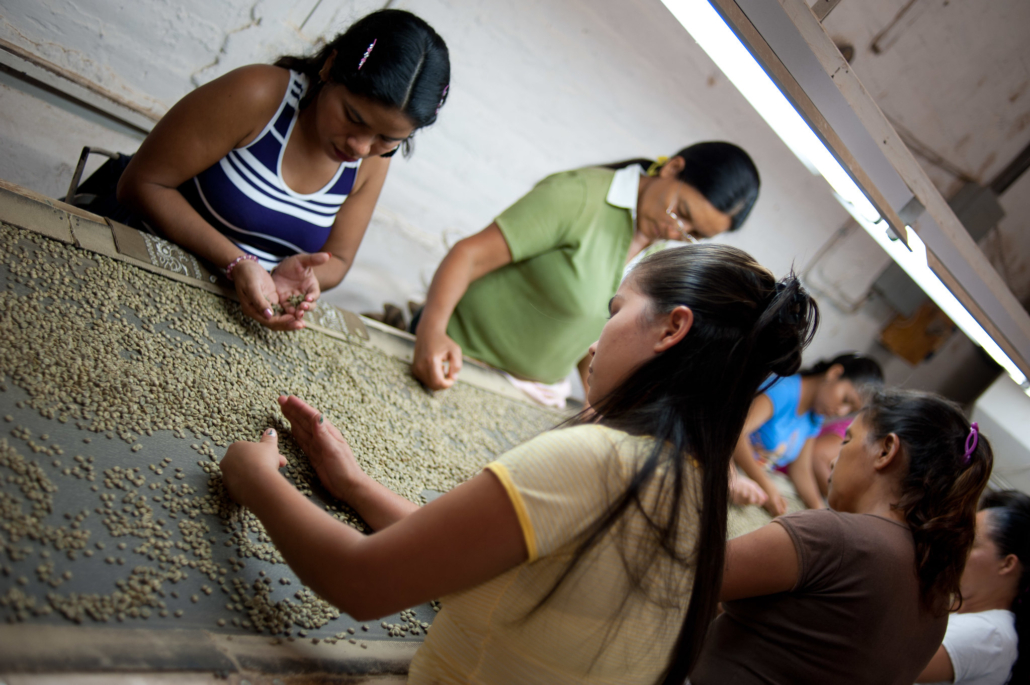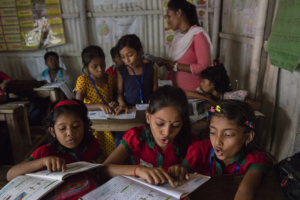 Accelerating Action is this year’s International Women’s Day theme, calling for urgent efforts to advance gender equality matters. The 2024 Global Gender Gap report shows that although significant progress has been made and several economies reached higher gender parity scores this year, others are far from ideal results.
Accelerating Action is this year’s International Women’s Day theme, calling for urgent efforts to advance gender equality matters. The 2024 Global Gender Gap report shows that although significant progress has been made and several economies reached higher gender parity scores this year, others are far from ideal results.
Southern Asia ranks last in Economic Participation and Opportunity and shows low rates of women employed in the workforce, with Bangladesh declining by -3.3 points in the global ranking. Bangladesh (31.1%), Sudan (33.7%), Iran (34.3%), Pakistan (36%), India (39.8%) and Morocco (40.6%) are the economies with the lowest economic parity.
Gender parity in projected earned income is less than 30% in these economies. Furthermore, all the economies on the list have labor force participation rates below 50%.
Education as a Pathway to Economic Freedom
Global studies have long shown that education is one of the most effective ways to combat poverty and reach gender equality. According to the World Bank gender data, women with secondary education earn nearly 20% more than those without and those with tertiary education earn up to 323.4% more. Educated women are also less likely to marry before 18, reducing risks associated with early pregnancy and improving overall family health.
Bangladesh excels in educational attainment, with a 94% achievement rate that reflects gender parity in secondary enrolment, 93% in literacy and 84.1% in university enrolment. Generally, Southern Asia has also made the most remarkable progress since 2006, improving educational gender parity by +13.4 percentage points – more than twice the leap made by the Middle East, Northern Africa and sub-Saharan Africa regions during the same period.
The World Economic Forum’s 2024 Global Gender Gap Report also notes that 91.3% of girls and 74.8% of boys have completed lower secondary school in Bangladesh as of 2022. Hence, the female literacy rate rose to 84% in 2023.
The Work of JAAGO in Bangladesh
JAAGO is a leading foundation in Bangladesh dedicated to promoting gender equality and ensuring women have continued access to education. Its journey began in 2007 in a single room with only 17 children in the Rayer Bazar Slum of Dhaka. It aims to break the poverty cycle and ensure a bright future for children from underprivileged communities. JAAGO currently has 11 schools in 10 districts in Bangladesh, educating 5,000 children.
Through various programs, JAAGO has successfully implemented solutions to keep girls in school while fostering skill development. In many rural areas, schools are either too expensive or poor quality. To address this, JAAGO schools offer free education with highly qualified teachers. It provides online programs through the digital school initiative, ensuring access to quality education for all.
The Digital School Program of JAAGO in Bangladesh
JAAGO Foundation’s Digital School Program provides quality education to underprivileged children in remote areas of Bangladesh using online learning. It bridges educational gaps by offering interactive lessons, trained teachers and digital resources. The program focuses on accessibility, inclusivity and skill development, ensuring children receive a standardized education regardless of location. This initiative empowers students with knowledge and opportunities for a brighter future.
The program also focuses on delivering quality education and opportunities at every step, including counseling parents to encourage them to keep their daughters in school. Additionally, the programs provide medical and mental health sessions to ensure girls can continue their education without barriers.
ODOMMO
The ODOMMO project, launched by the JAAGO Foundation with the Malala Fund, promotes girls’ education in Bangladesh by tackling poverty, gender discrimination and societal barriers. It focuses on improving school enrollment, retention and learning environments. The initiative further includes teacher training, life-skills programs and school expansions, empowering girls to become future leaders and advocates for change.
The ODOMMO project has positively impacted 1,584 girls in Bangladesh’s flood-prone areas by reducing school dropout rates, increasing awareness about child marriage and encouraging greater participation in STEM. Additionally, the project conducted community-driven awareness initiatives, including courtyard meetings and discussions with school authorities, government officials and local leaders to advocate for girls’ education in the region.
Bandarban School Bus
Many impoverished families in Bangladesh struggle to afford schooling and recurrent flooding worsens job losses, making education even less accessible. In many cases, girls are sent to work or married off instead of continuing their studies, as families believe marriage offers them a more secure future.
Geographical challenges further limit access to education, especially in rural areas, where long and unsafe commutes discourage attendance. Without secure transportation or infrastructure, many girls cannot reach school safely.
The JAAGO Foundation launched the School Bus Initiative to tackle this issue, providing students with reliable transportation. This simple yet impactful solution has significantly increased attendance, ensuring more children, especially girls, stay in school. By removing safety concerns and commuting barriers, the initiative has helped reduce dropout rates, allowing students to focus on their education.
Volunteering and a Call to Action
Ensuring access to education requires a collective effort; governments, parents, corporations and communities all drive meaningful change. Raising awareness through social media campaigns, expert advocacy and corporate engagement can further mobilize resources and support.
Individuals and businesses can contribute by sponsoring a child’s education, covering school fees, meals, supplies, health check-ups and mentorship. Sponsors also receive monthly reports and can connect with the school or child via online calls or in-person visits.
Beyond financial support, volunteers play a key role in driving local change. During recent floods in Bangladesh, volunteers stepped up by raising funds, rescuing people, setting up medical camps and rebuilding homes, demonstrating how collective action can make a lasting impact.
– Arianna Distefano
Arianna Distefano is based in London and focuses on Good News, Politics for The Borgen Project.
Photo: Flickr
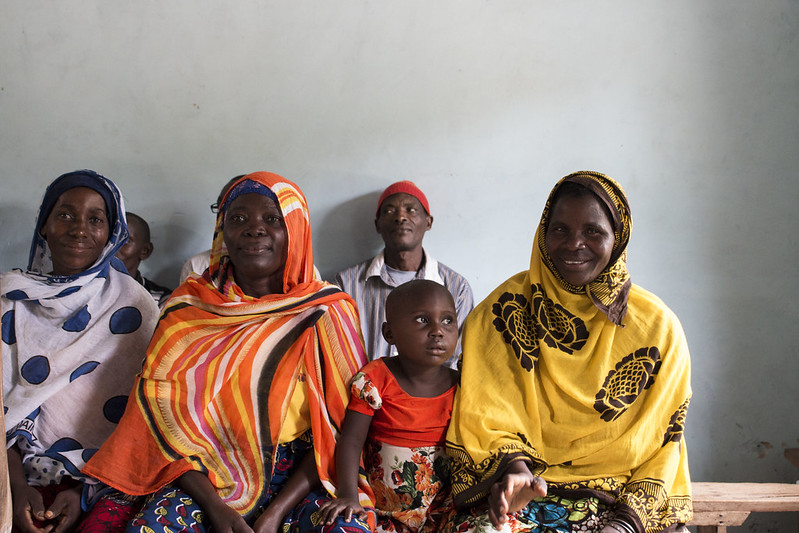 The women of the Maasai tribe in Arusha,
The women of the Maasai tribe in Arusha, 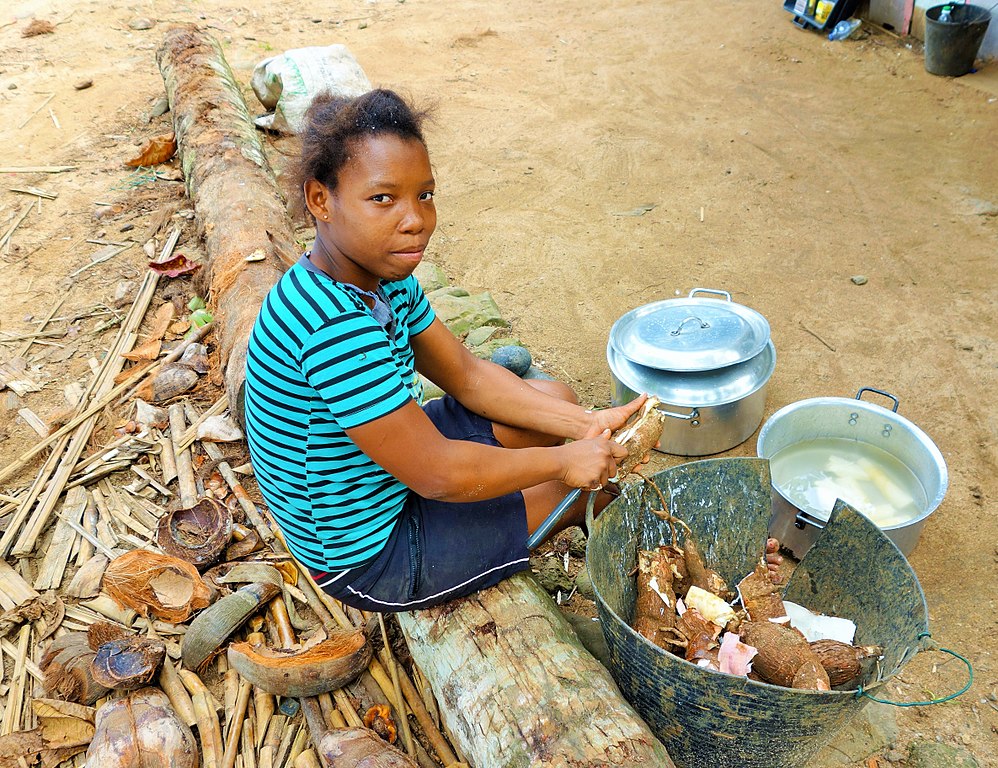
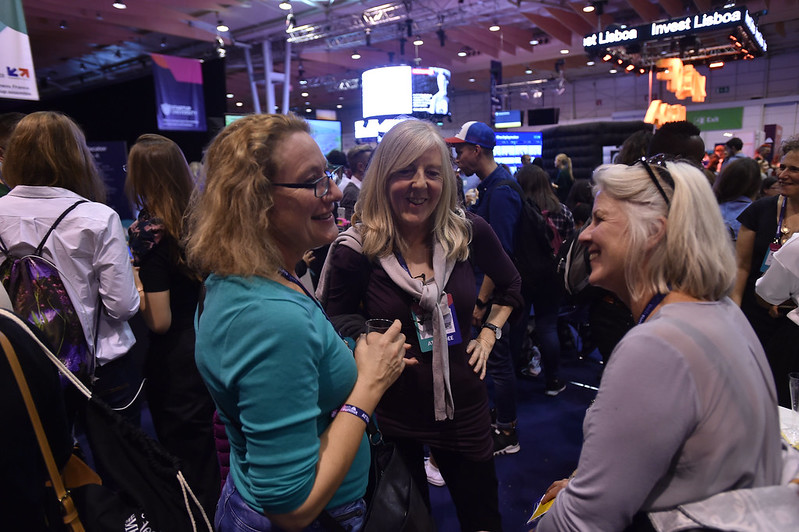 According to the European Institute for Gender Equality,
According to the European Institute for Gender Equality,  Access to financial resources remains a major challenge for women in Kenya, limiting economic growth and business expansion opportunities. The gap in financial exclusion between men and women in Kenya has narrowed over the years. In 2024, financial exclusion was higher in women at
Access to financial resources remains a major challenge for women in Kenya, limiting economic growth and business expansion opportunities. The gap in financial exclusion between men and women in Kenya has narrowed over the years. In 2024, financial exclusion was higher in women at 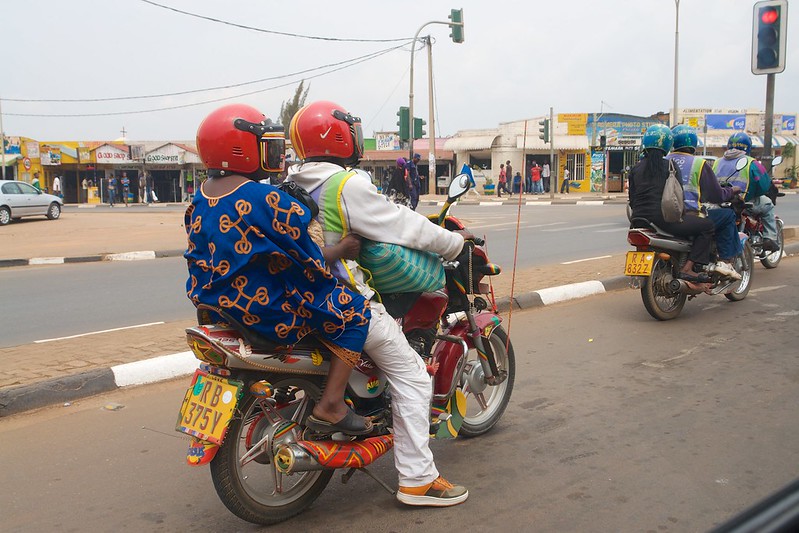
 Recently, the World Bank
Recently, the World Bank